Those are the three usual suspects, so here it goes:
Radio signal
These are usually generated by NIST or some other Government agency who is very concerned about timing, so I expect them to be very accurate, however, from what I remember the resolution was the problem. They broadcast updates like every minute. So you can sync to an accurate time reference, but you're responsible for any drift in-between those updates. If your system can handle that, then great. One advantage of these signals are that they are much lower frequency than the other two methods, so if you're system is going to be inside of building most of the time or in some really remote area, you'll get much better reception than you would with GPS/Cellular, who both require either a semi-clear view of the sky or a cell tower in relatively close proximity, respectively. Also, these modules might be harder to find as these standards are not the hot new features that are a must have for every new Android/iPhone, so you might want to think about supply/lead-time concerns for your project.
GPS
Very accurate timing. Definitely your best bet if you need a continuous accurate timing reference. Modules are easy to get, fairly inexpensive and a 1 time hit in cost. I would do this if you think you'll always have a reliable view of the sky and I would choose this over cellular as they're both probably just as easy to implement (probably just a UART talking to the peripheral) but you won't have to worry about paying for service. Additionally most modules give you an accurate frequency reference (1PPS and 10 MHz) which you could use to clock your processor with for increased accuracy (which you won't get with either of the other two options).
Cellular
Interestingly enough these tend to have extremely high accuracy (most need to as they operate on a TDM scheme). The biggest drawback I see here is that I BELIEVE you'll have to pay for service. Someone might know differently as you may not need service to get timing since (by some law...possibly FCC mandate) cell carriers are required to let 911 call through. Which means you may be able to associate with a tower and possibly get timing, just no calls. It would be worth buying an eval kit and testing this. A pro here might be communication down the road. If you feel like paying the service fee, then if you ever have a unit break it could always message you back and let you know something suspicious happened. There may also be cheap, text/data only plans available through carriers as many OEM manufacturers (think Amazon Kindle for example) want data connectivity without audio. So you might do some research and find out that the pricing isn't all that bad and fits within your budget.
